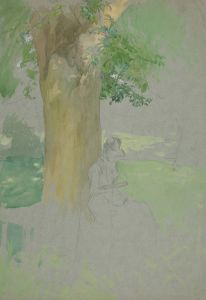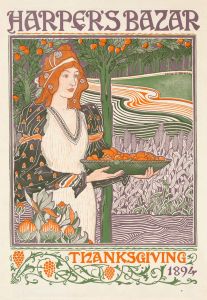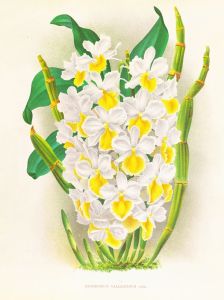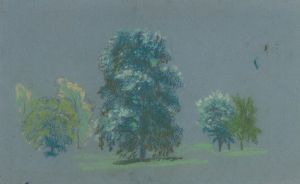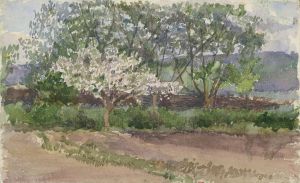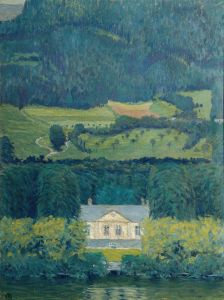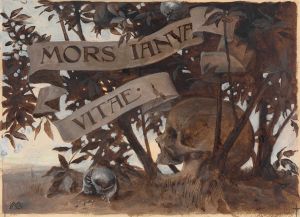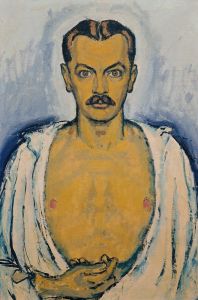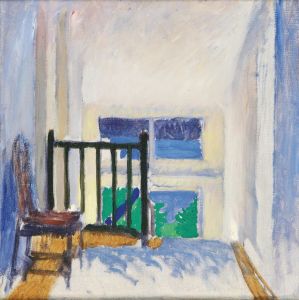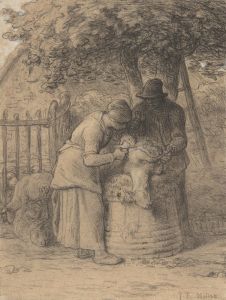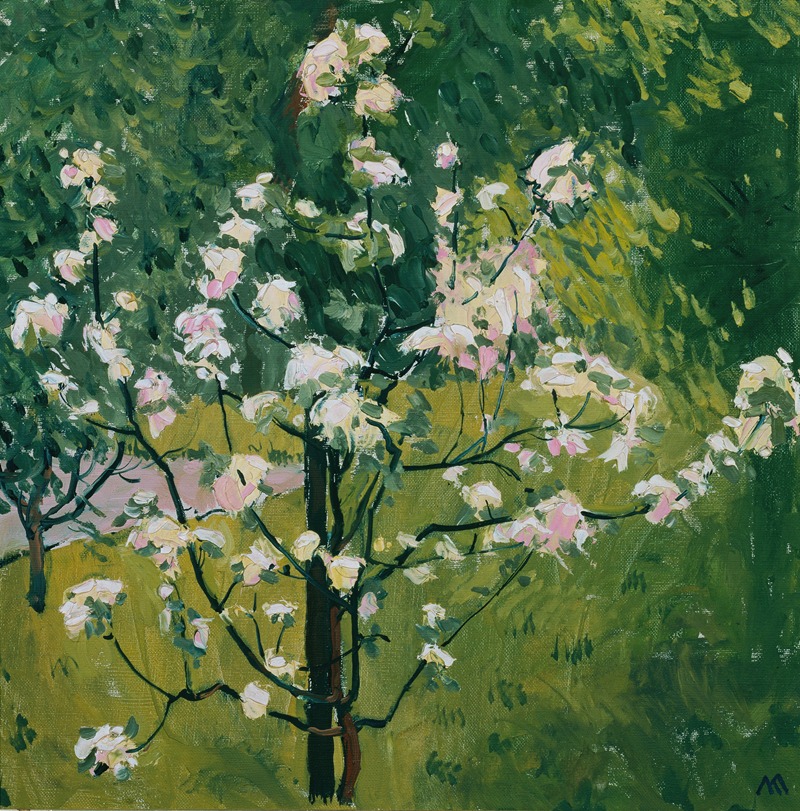
Blühendes Bäumchen
A hand-painted replica of Koloman Moser’s masterpiece Blühendes Bäumchen, meticulously crafted by professional artists to capture the true essence of the original. Each piece is created with museum-quality canvas and rare mineral pigments, carefully painted by experienced artists with delicate brushstrokes and rich, layered colors to perfectly recreate the texture of the original artwork. Unlike machine-printed reproductions, this hand-painted version brings the painting to life, infused with the artist’s emotions and skill in every stroke. Whether for personal collection or home decoration, it instantly elevates the artistic atmosphere of any space.
Koloman Moser (1868–1918) was a prominent Austrian artist and designer, known for his significant contributions to the Vienna Secession movement and the Wiener Werkstätte. His work spanned various mediums, including painting, graphic design, and applied arts. One of his notable paintings is "Blühendes Bäumchen," which translates to "Little Blooming Tree."
"Blühendes Bäumchen" exemplifies Moser's unique style, which often combined elements of Art Nouveau with a distinct Viennese flair. The painting is characterized by its vibrant colors and stylized forms, reflecting Moser's interest in nature and his ability to translate natural motifs into decorative art. This work captures the essence of a blooming tree, rendered with a sense of rhythm and harmony that is typical of Moser's artistic approach.
Moser was a founding member of the Vienna Secession, a group of artists who sought to break away from the traditional academic art of the time. The Secessionists aimed to create a new style that embraced modernity and innovation, and Moser's work was at the forefront of this movement. His paintings, including "Blühendes Bäumchen," often featured bold compositions and a keen attention to detail, reflecting the group's ethos of merging fine art with design.
In addition to his painting, Moser was heavily involved in the applied arts, co-founding the Wiener Werkstätte in 1903 with architect Josef Hoffmann and patron Fritz Waerndorfer. This workshop aimed to produce high-quality, handcrafted objects that blurred the lines between art and everyday life. Moser's designs for the Wiener Werkstätte included textiles, furniture, and glassware, all of which showcased his ability to integrate artistic beauty with functional design.
"Blühendes Bäumchen" can be seen as a reflection of Moser's broader artistic philosophy, which emphasized the unity of art and life. The painting's decorative quality and attention to natural forms are indicative of Moser's belief that art should be an integral part of everyday existence. This approach was revolutionary at the time and contributed to the development of modern design principles.
Throughout his career, Moser's work was celebrated for its innovation and aesthetic appeal. His contributions to the Vienna Secession and the Wiener Werkstätte left a lasting impact on the art world, influencing generations of artists and designers. "Blühendes Bäumchen" remains a testament to Moser's artistic vision and his ability to capture the beauty of nature through a modern lens.
Today, Koloman Moser is remembered as a key figure in the development of modern art and design. His works, including "Blühendes Bäumchen," continue to be studied and admired for their artistic merit and historical significance. Moser's legacy is evident in the continued appreciation of his contributions to the fields of painting, graphic design, and applied arts.





